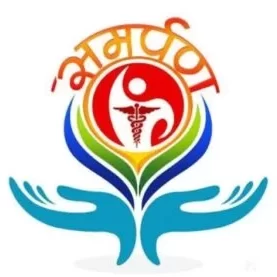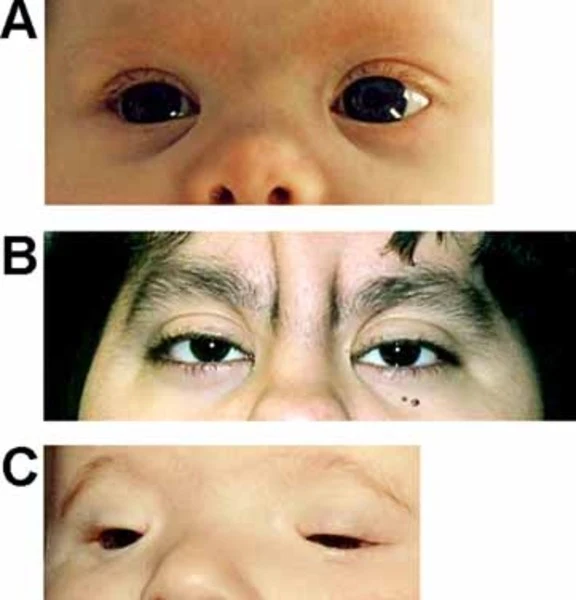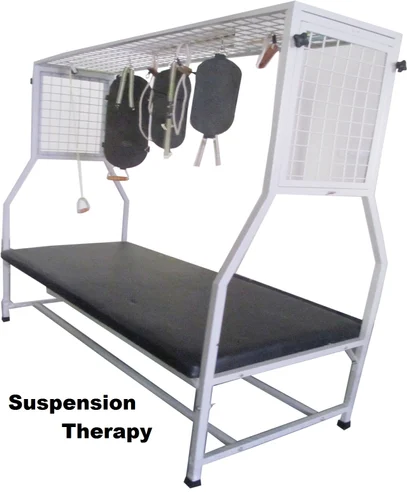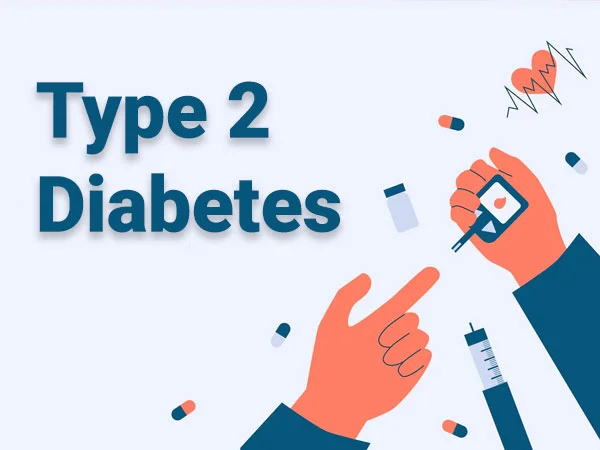Brachial Plexus Block
What is the Brachial plexus block? Brachial plexus block is a regional anesthetic method occasionally used instead of or in addition to general anesthesia for upper extremity surgery. This procedure involves injecting local anesthetic drugs near the brachial plexus, which temporarily blocks sensation and movement of the upper extremities. The individual can be awake during…










